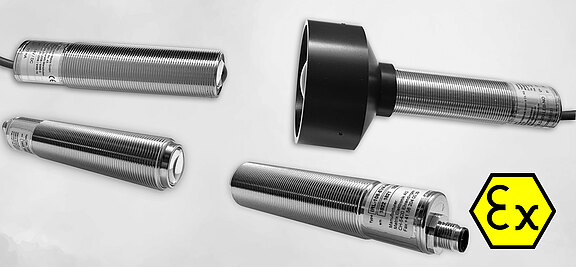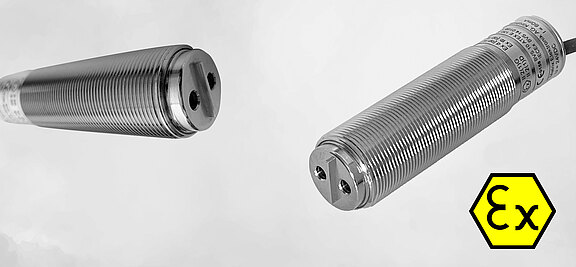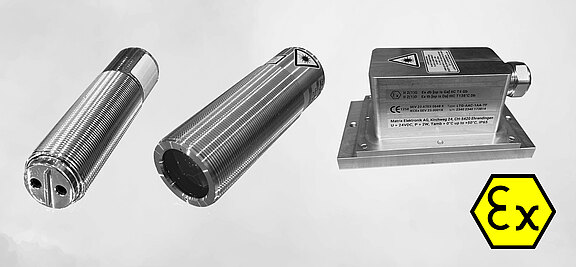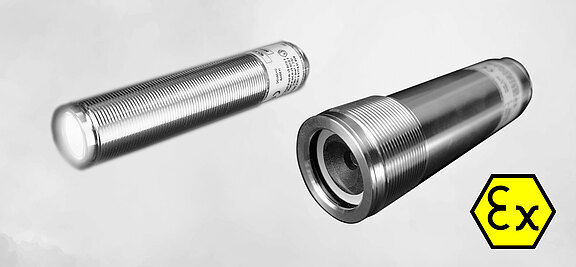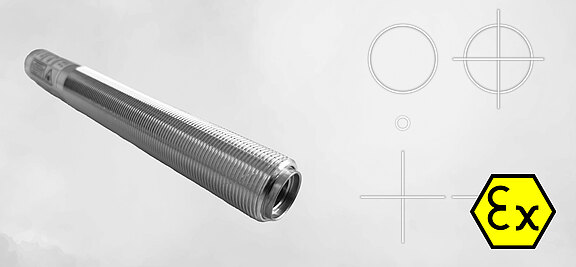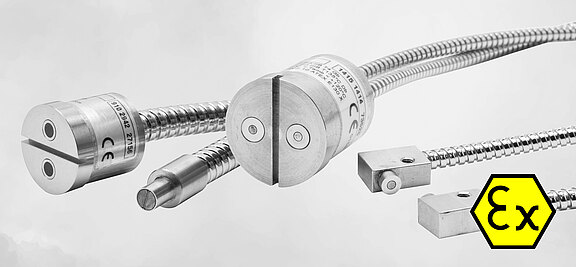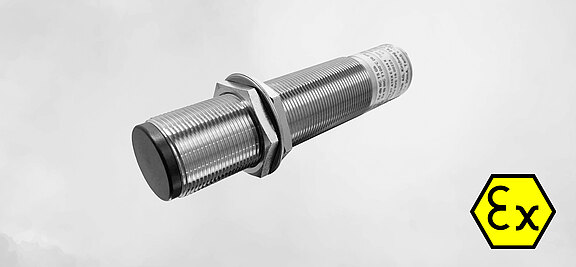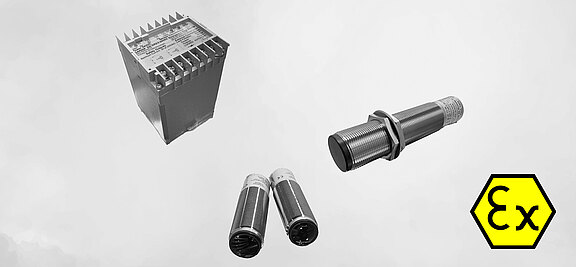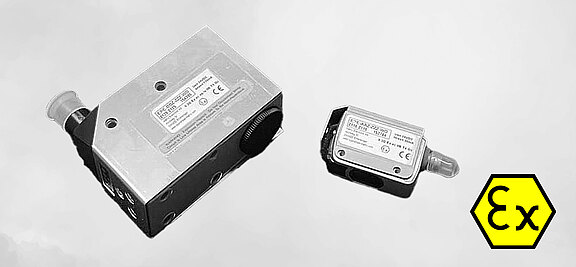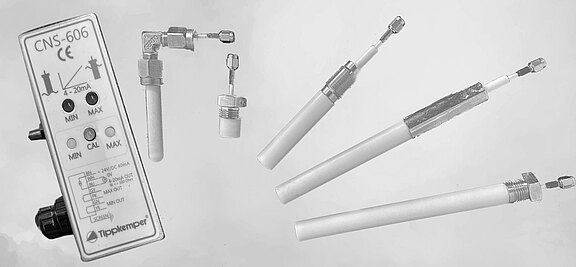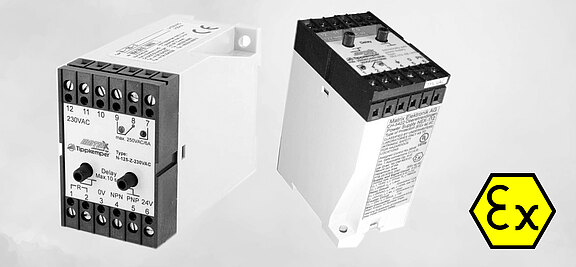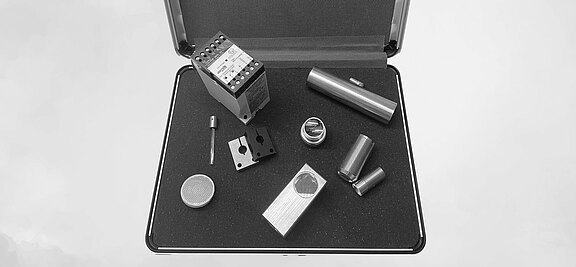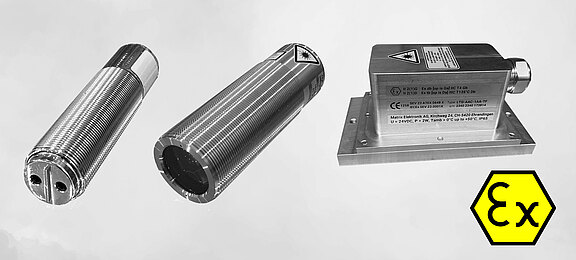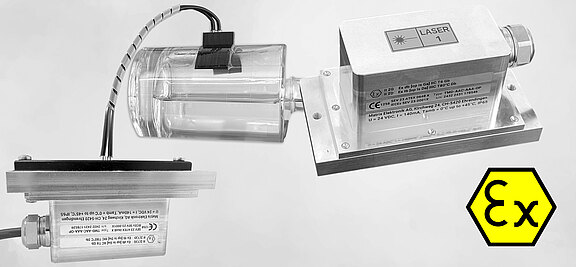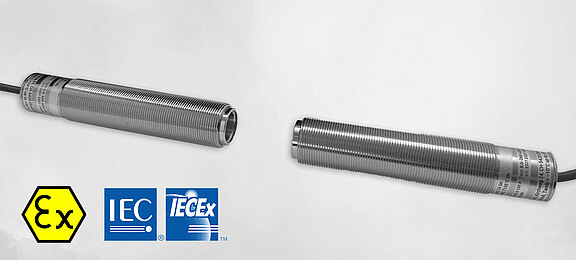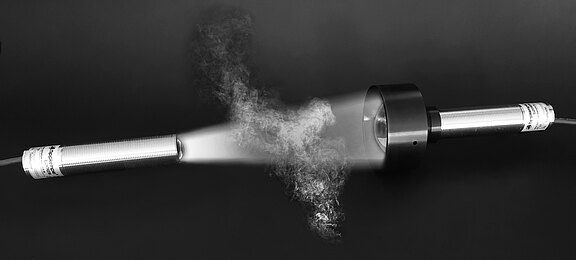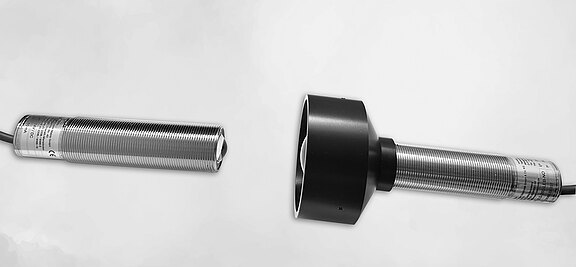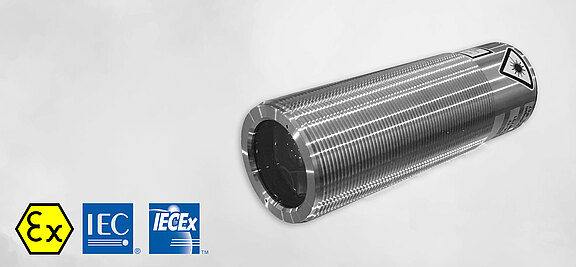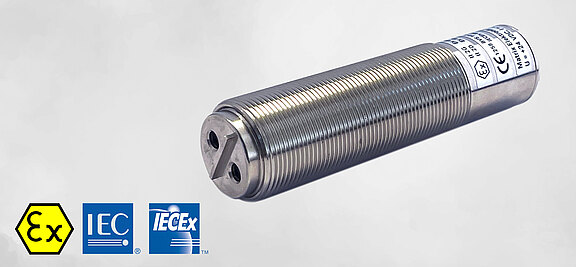Capacitive Level Sensors from Tippkemper-Matrix
How does capacitive level measurement work?
Basic principle
Capacitive sensors consist of one or two electrodes that, together with the container or the medium, form an electric capacitor. The capacitance of this capacitor is mainly determined by the dielectric — that is, the type of material between the electrodes.
Detailed measuring process
- Electric field: The sensor generates a high-frequency electric field at its active surface.
- Capacitance change: When the medium (liquid, bulk material, powder) enters the field, the dielectric constant changes significantly compared to air.
- Signal detection: This change in capacitance is precisely detected and evaluated by the sensor electronics. When a defined threshold is exceeded, the sensor outputs a reliable switching signal for the MIN or MAX fill level.
Versatile applications and mounting types
Direct contact or non-contact measurement:
Tippkemper-Matrix sensors can be installed directly in the medium (e.g., as a submerged probe) or mounted externally on plastic or glass containers — also allowing for non-contact level measurement through the container wall.
Flexible adjustment:
The sensors can be individually adapted to a wide range of media and container types. MIN/MAX limit values can be easily set, and sensitivity can be specifically adjusted.
Advantages of capacitive level sensing from Tippkemper-Matrix
- Reliable and durable:
The sensors operate completely wear-free without moving parts — ideal for low-maintenance processes. - Independent of the medium:
The measurement is unaffected by color, viscosity, or transparency — also reliable with foaming, aggressive, or adhesive substances. - Robust and versatile:
Suitable for temperatures up to 250 °C and available with ATEX and IECEx certification for hazardous (Ex) areas. - Easy integration:
Various mounting options, flexible interfaces, and robust housing variants — e.g., stainless steel or aluminum.


